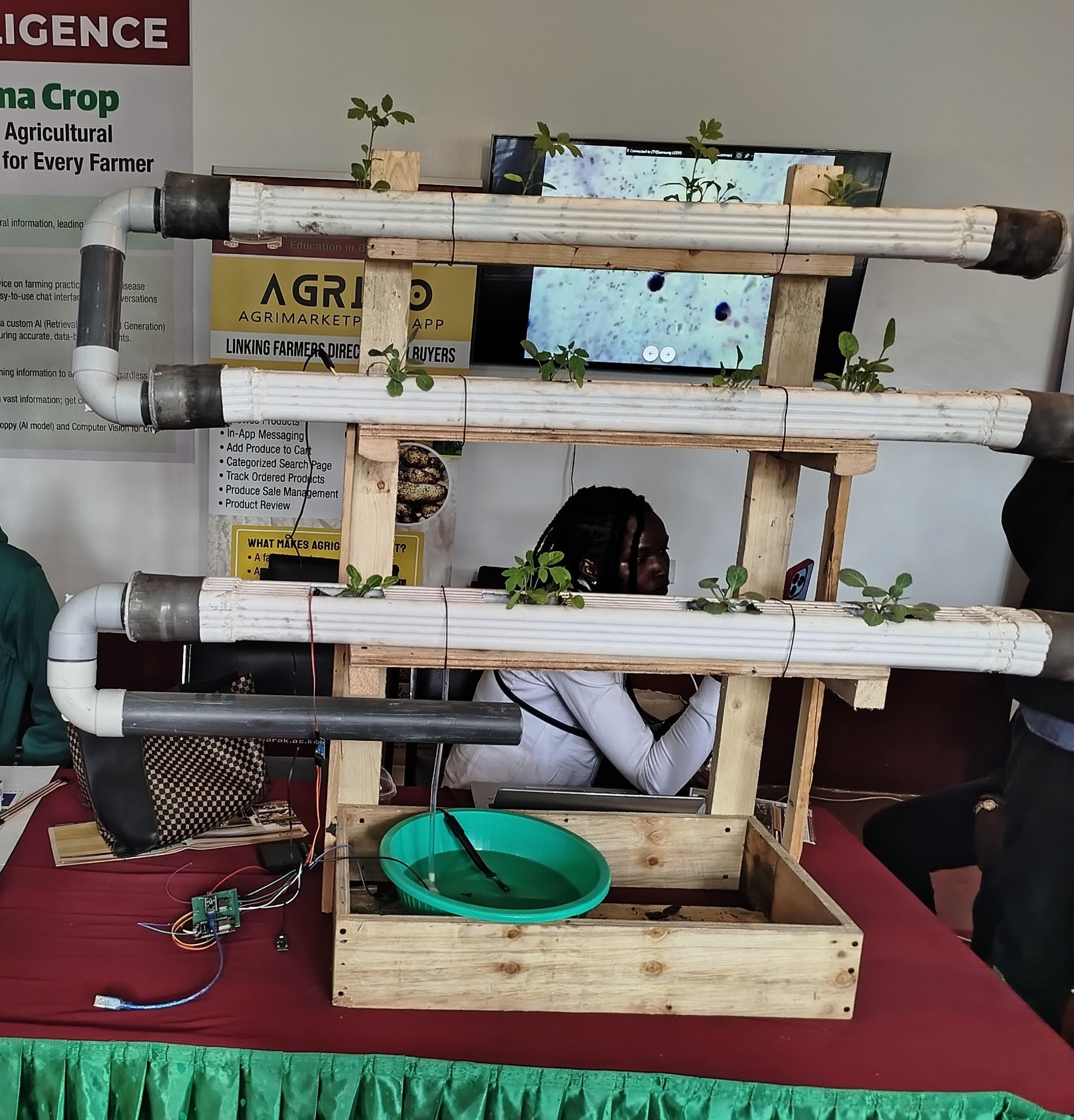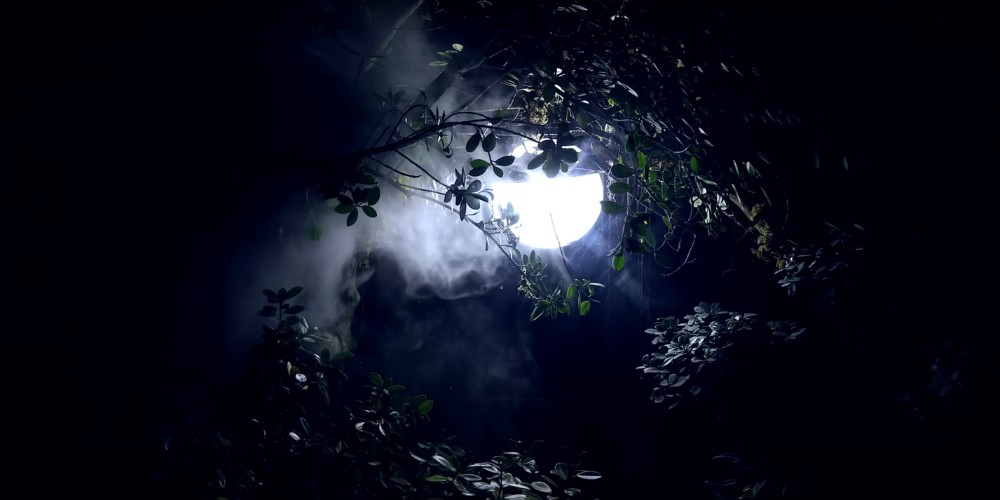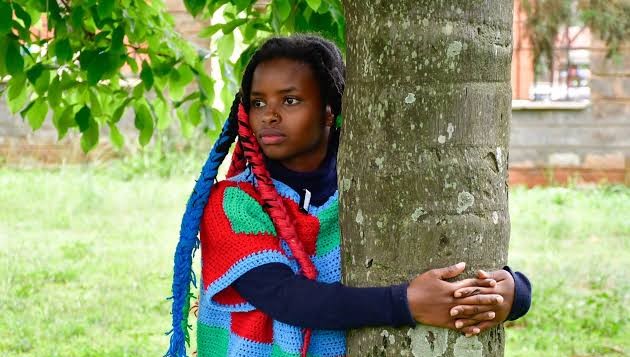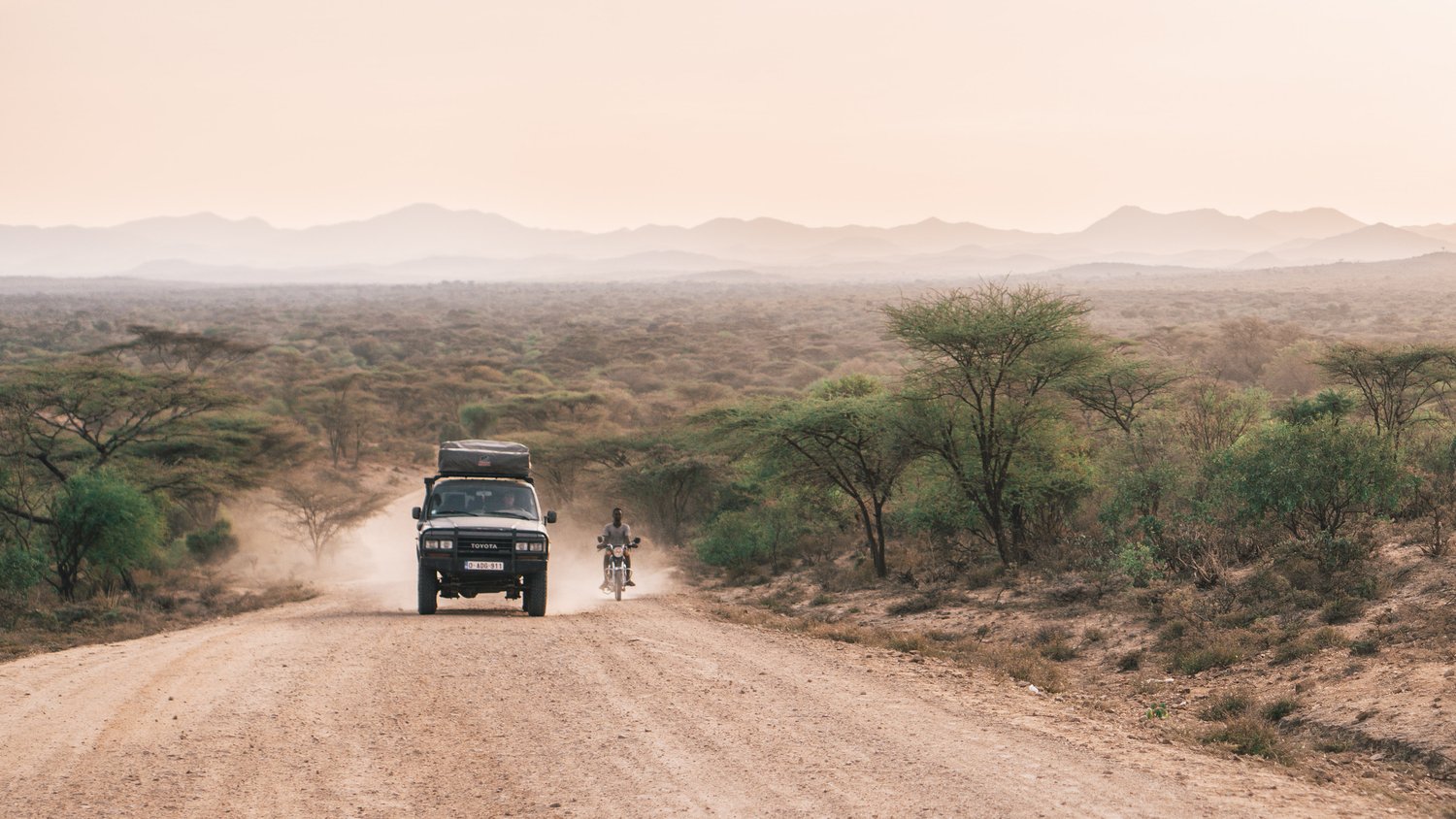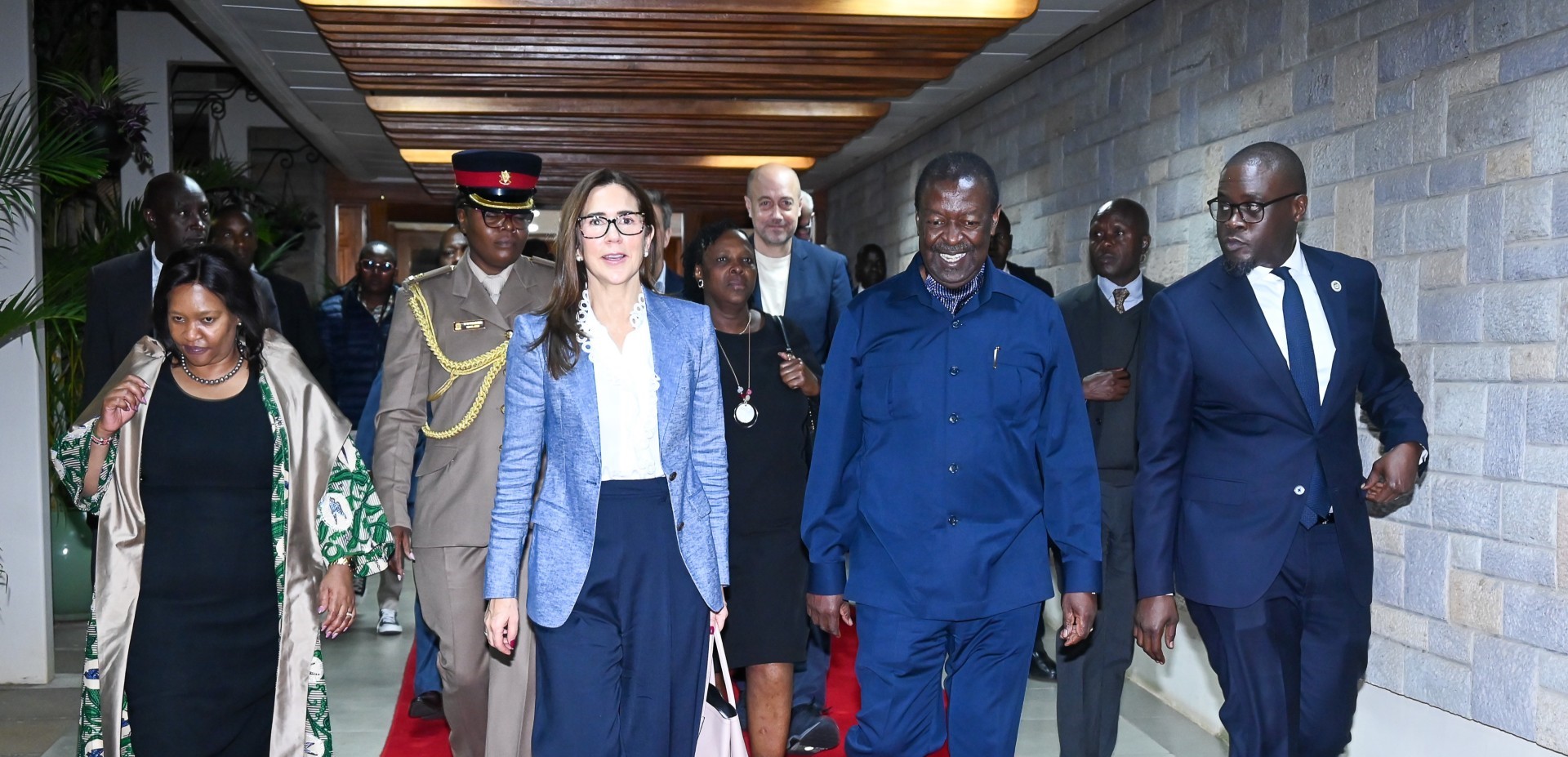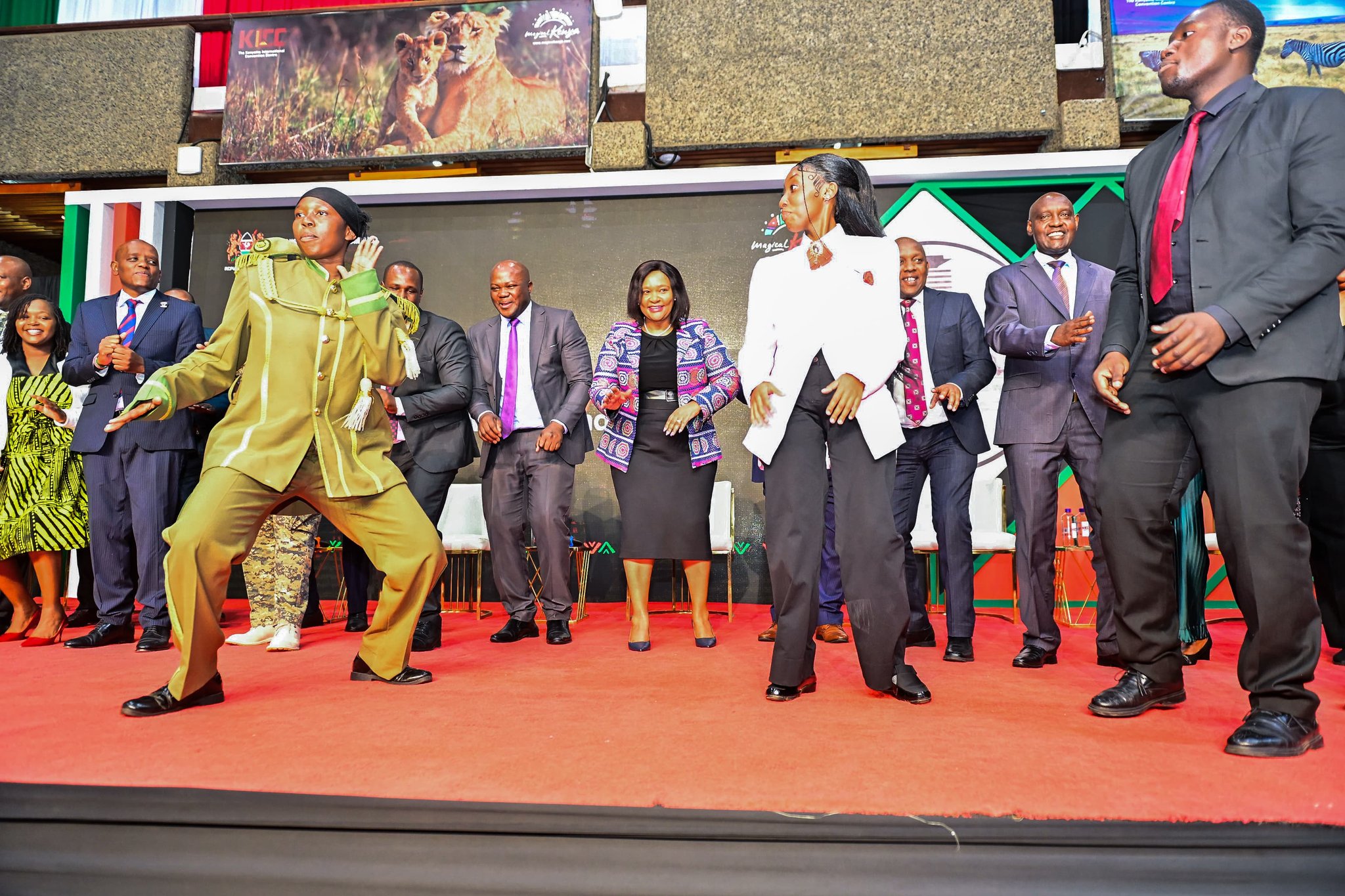- Kabarak University, a private Christian institution known for its commitment to integrity and practical learning, has increasingly supported innovations that respond to national and global challenges.
Agriculture remains a backbone of Kenya’s economy, employing the majority of the rural population and contributing significantly to food security and export earnings.
Yet, the sector is under growing pressure from climate change, urbanization, and rapid population growth—factors that have reduced arable land, increased water scarcity, and exposed inefficiencies in conventional farming methods.
Against this backdrop, innovations that improve productivity while conserving resources are no longer a luxury—they are a necessity.
It is within this context that the 2025 Nakuru Agricultural Show offered a timely platform for forward-thinking solutions.
Among the standout exhibits was a smart hydroponic farming system developed by Bravin Kulei, a final-year Information Technology student at Kabarak University in the School of Science Engineering and Technology awaiting graduation.
Read More
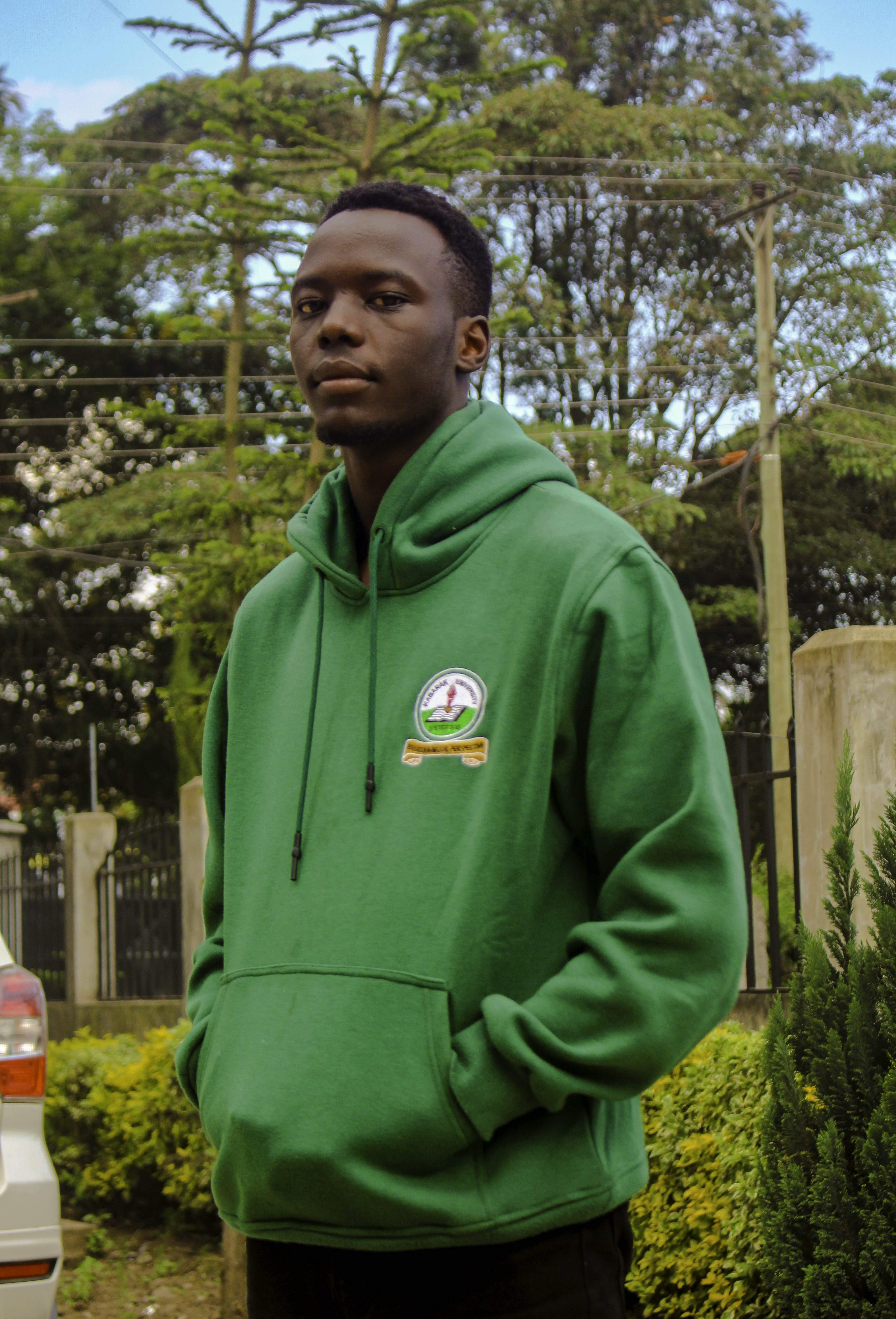
The project drew attention not only for its advanced features but for the urgency it addresses: how to feed a growing population with fewer natural resources.
“My project is a hydroponic system designed in response to two key realities—our population is rising, and water levels are becoming increasingly unstable. But one thing must remain constant: food security,” Kulei explained during an interview at the university’s stand.
Kabarak University, a private Christian institution known for its commitment to integrity and practical learning, has increasingly supported innovations that respond to national and global challenges.
The project also benefited from technical guidance and support from Pixel Engineering, a technology firm that collaborated with Kulei in integrating artificial intelligence and IoT components into the system.
The partnership between the institution and industry strengthened the functionality of the innovation and underscored the importance of multi-sector collaboration in student-led research.
Described by Kulei as “a big shamba in a small warehouse,” the system allows farmers to grow more crops within confined spaces, maximizing output from limited land.
But its innovation goes beyond compact farming. His design incorporates smart farming technologies—including AI, machine learning, and Internet of Things (IoT) tools—enabling real-time monitoring and management of the farm remotely through a dashboard interface on a mobile device or computer.
The system is equipped with pH sensors to check water and soil quality, and moisture sensors that automatically trigger a pump when soil dries beyond set levels. The farmer receives alerts when these changes occur, reducing guesswork and allowing for more precise interventions.
A humidity sensor ensures that irrigation only takes place when necessary, with any excess water redirected to a reservoir to avoid wastage.
Kulei also addressed another common challenge—uncertainty in fertilizer use. “Over the years, I’ve noticed that many farmers don’t know the exact fertilizer their crops need. They try to guess based on leaf appearance,” he said.
His system eliminates the need for guesswork by analyzing soil nutrients and recommending the right fertilizer depending on the deficiency detected. This allows the farmer to apply only what is needed, in the correct amounts.
The project also tackles pest and disease identification through AI-powered image analysis. A farmer can take a photo of a diseased plant, and the system scans for patterns and symptoms, then recommends the most appropriate treatment based on the diagnosis—minimizing the trial-and-error use of multiple chemicals.
With each of these features, the system not only promotes better crop health and higher yields but also supports environmental sustainability through controlled resource use. It is a smart, responsive solution that reflects the needs of modern farming in a rapidly changing world.
The innovation reflects Kabarak University’s strategic emphasis on applied research and student-driven problem-solving. As agriculture continues to evolve, the university is encouraging learners to think critically and create scalable solutions to help communities and the country adapt.
The involvement of Pixel Engineering further highlights how industry-academic partnerships can help translate promising ideas into functional technologies.
Bravin Kulei’s project stood out at the Nakuru Agricultural Show as a timely and practical response to one of Kenya’s most pressing development challenges.
By bridging the gap between academic knowledge and real-world application, and with the backing of both his university and tech collaborators, he demonstrated how young innovators can help secure the future of farming—one smart system at a time.

